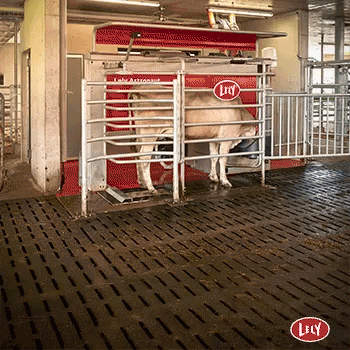Ice cream prices keep going up and down, why?
So how much have prices changed month-on-month and since we started?
When we started recording food prices in August last year a 2L tub of Tip Top Hokey Pokey ice cream cost about $6 at Countdown, $6.29 at Pak ‘n Save and $7.99 at New World.

The price of a 2L tub of Tip Top Hokey Pokey ice cream at the moment might be enough to make your eyes water, rather than your mouth.
Prices tracking is based on 22 grocery items at three Pak ‘n Save, New World and Countdown supermarkets in Auckland, Wellington and Christchurch since August last year.
The data shows significant movements in the price of ice cream.
So how much have prices changed month-on-month and since we started?
When we started recording food prices in August last year a 2L tub of Tip Top Hokey Pokey ice cream cost about $6 at Countdown, $6.29 at Pak ‘n Save and $7.99 at New World.
Prices remained relatively stable until November where they dropped to between $5 and $5.79 in some supermarkets.
In December, the prices melted to $4.49 at Pak ‘n Save Kilbirnie and Mount Albert – and the highest price that month was just $6.
In January and February, prices picked back up to between $6.99 and $7.99 before shooting higher in March and April to between $7.49 and $8.39.![]()
What's the highest price we recorded and the lowest?
The highest price for the 2L tub recorded by Stuff was $8.39 at New World Durham Street in Christchurch in March.
The cheapest was $4.49 at Auckland’s Pak 'n Save Mt Albert in December.
What components go into the product, and where do they come from?
Tip Top ice cream is made with New Zealand milk and cream and then, depending on the flavour, locally sourced products such as fruit are added in. Ice cream is made at the Tip Top Auckland factory, which produces more than 35 million litres of ice cream a year.
Tip Top joined the Fonterra Co-operative Group in 2001 and sourced milk products from there before it was sold to global ice cream giant Froneri for $380 million in 2021.
Froneri, which is a Nestle joint venture, is the second-largest manufacturer of ice cream in Europe and the third-largest worldwide, producing Cadbury, Oreo, KitKat, Movenpick Toblerone, Smarties, Magnum and Milo ice creams.
How have those components moved in price?
The Global Dairy Trade price for whole milk powder was up 1% to an average US$3089 a tonne in April but has been steadily dropping since September last year.
Fonterra recently lowered its forecast milk payment to farmers. On Monday, it pulled back its forecast to $8 to $8.60 per kilogram of milk solids, from its previous forecast of $8.20 to $8.80 per kgMS.
What other factors might be having an influence?
Outside factors such as the rising cost of freight, increases in the minimum wage and living wage are putting pressure on companies making and selling products.
What does Tip Top have to say?
A Tip Top spokesperson said it did pass a “small increase” in price on to retailers in March to reflect the increased costs it was seeing across its whole supply chain.
“We consider Tip Top 2L ice cream to be a high quality, great tasting product with good value whether on or off promotion, and recognise that the average price paid by consumers for a 2L tub is not much different to the price paid these days for a cup of coffee,” he said.
He said manufacturers and suppliers were experiencing cost increases across raw materials, freight, storage, wages and salaries. Ice cream producers were no exception, he said.














